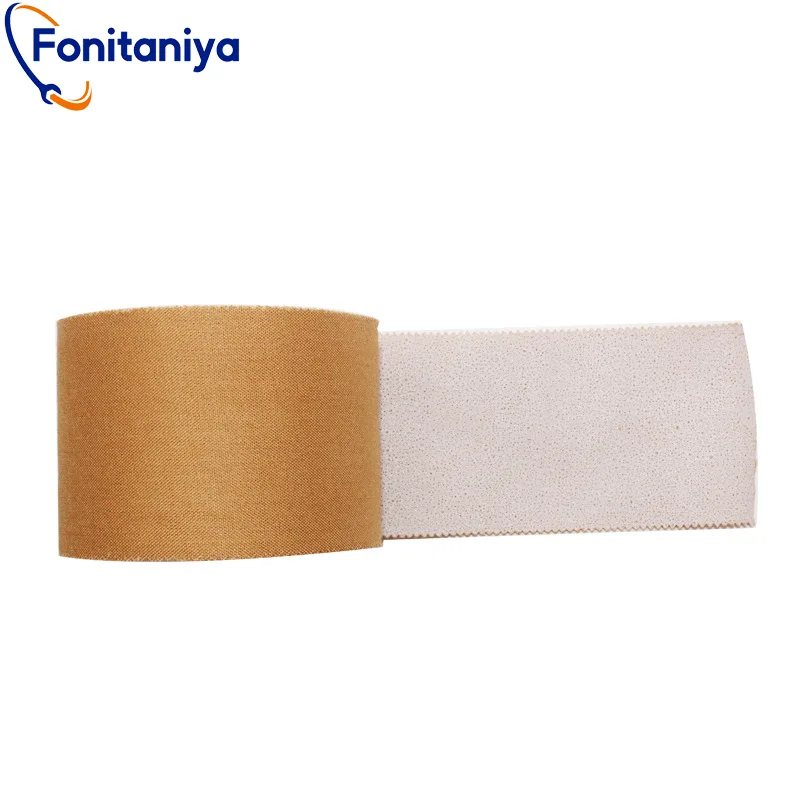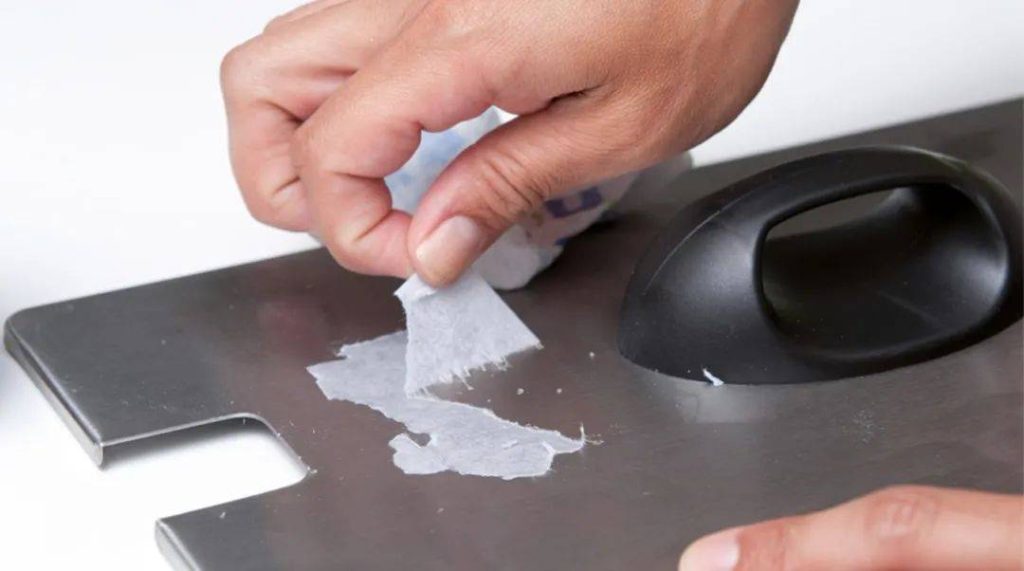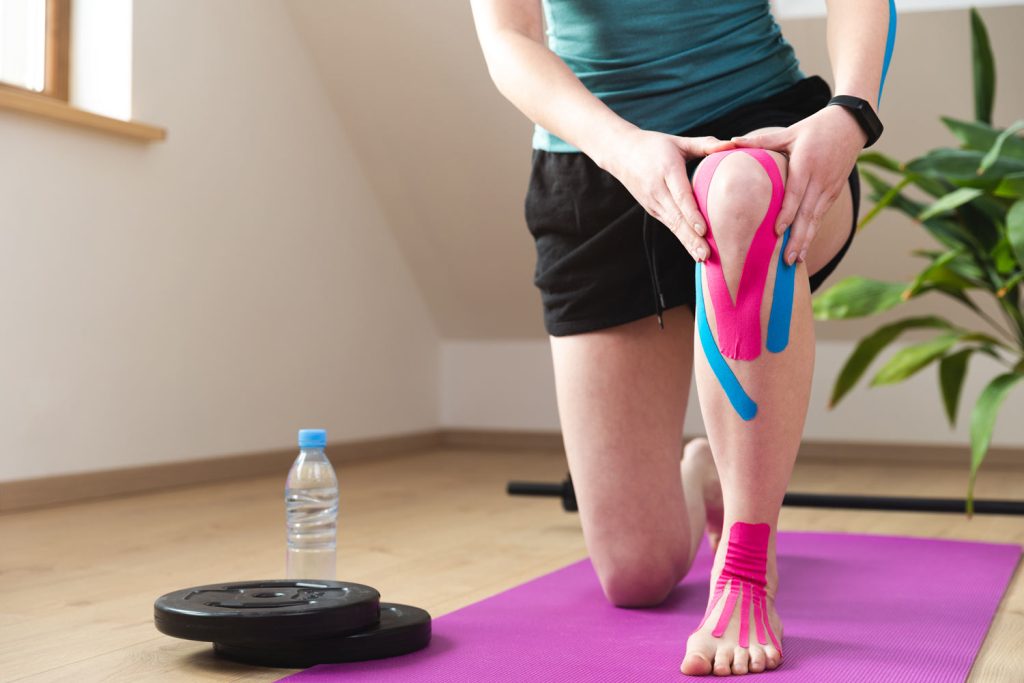Ever ripped off zinc oxide tape and felt like you lost half your skin? You’re not alone. Athletes, physiotherapists, and first responders rely on this ultra-strong tape for support, but removing it can be a real struggle. In this guide, we’ll uncover the best ways to remove zinc oxide tape without pain, residue, or frustration. Whether you’re a professional or just dealing with everyday injuries, these expert-backed tips will save your skin—literally.
What Is Zinc Oxide Tape Used For?
Zinc oxide tape is a must-have for athletes, medical professionals, and anyone needing durable support or wound care. Its strong adhesive and rigid structure make it an essential tool in multiple fields.
Zinc Oxide Tape in Sports Medicine
Athletes who engage in high-impact sports like football, basketball, or rugby use zinc oxide tape to prevent injuries and stabilize joints. Its rigid material keeps the tape from stretching, making it ideal for immobilizing fingers, wrists, or ankles. Studies show that proper taping can reduce injury rates by up to 60% in contact sports (source: British Journal of Sports Medicine).
Zinc oxide sports tape plays a crucial role in rehabilitation. Taping a sprained ankle or strained wrist helps reduce excessive movement, allowing muscles and ligaments to heal faster.
Zinc Oxide Tape for Wound Care
Zinc oxide is more than just an adhesive—it has antimicrobial properties that help promote faster wound healing. Research in the Journal of Dermatology Research found that zinc oxide accelerates skin regrowth by 25% compared to conventional bandages.
Physiotherapy Applications
Physiotherapists use zinc oxide tape as a temporary stabilizing method. Taping techniques can alleviate pain, support strained muscles, and prevent injuries from worsening.
Things to Consider Before Applying Zinc Oxide Tape
Applying zinc oxide tape isn’t just about slapping it onto the skin. Several factors need to be considered to prevent irritation or complications.
Know Your Skin’s Condition
Skin that is already irritated, inflamed, or dry might react poorly to strong adhesives. Pre-tape barrier sprays or underwraps can help reduce the risk of skin damage.
Be Aware of Allergies and Sensitivities
Although zinc oxide tape is hypoallergenic, some people still develop mild reactions. If redness or itching occurs, remove the tape immediately.
Avoid Open Wounds and Skin Infections
Never apply zinc oxide tape directly over open cuts or infected skin, as it can trap bacteria and worsen the condition.
Assess Circulatory and Neurological Health
Individuals with conditions like diabetes, peripheral neuropathy, or thrombosis should consult a medical professional before using rigid sports tapes.

Related articles: How to use zinc oxide tape?
How to Remove Zinc Oxide Tape Without Pain
Method 1: The Quick Peel (Not Recommended)
Ripping off the tape quickly is the most obvious method, but it can be painful and leave sticky residue behind. If you must do it this way, make sure to pull parallel to the skin rather than straight up to reduce discomfort.
Method 2: Warm Water & Soap
One of the safest ways to remove zinc oxide tape is by soaking the area in warm water for a few minutes. The warmth softens the adhesive, making removal easier. Use a mild soap to break down any leftover stickiness.
Method 3: Oil-Based Solutions
Applying baby oil, coconut oil, or medical adhesive remover can help dissolve the adhesive. Let the oil sit for about two minutes before gently peeling the tape off.
Method 4: Using an Underwrap for Easier Removal
If you frequently use zinc oxide sports tape, consider applying an underwrap before taping. It acts as a protective barrier, reducing skin irritation and making removal much less painful. Fonitaniya™ offers Steroban-U Underwrap, a lightweight polyurethane foam that prevents chafing and discomfort.
Method 5: Dressing Retention Tape for Sensitive Skin
For those with delicate or easily irritated skin, using a low-adhesive dressing retention tape can provide a gentler alternative. Sterofix Dressing Retention Tape is a hypoallergenic solution that secures dressings while being easy to remove without skin damage.
Talk to a Professional
If you’re dealing with injuries, allergies, or persistent tape-related skin issues, consult a physiotherapist or sports medicine expert to determine the best removal method for you.
Conclusion
Zinc oxide tape is an essential tool for athletes, medical professionals, and rehabilitation specialists, but removing it doesn’t have to be a painful experience. By using proper removal techniques—whether through warm water, oils, or protective underwraps—you can keep your skin intact while enjoying the benefits of this high-performance adhesive.
At Fonitaniya Tape Companies, we’ve been providing innovative adhesive solutions for over 15 years. Our expertise in medical and sports tapes ensures top-quality products designed for both performance and comfort. Whether you need zinc oxide sports tape or premium underwraps, we’ve got you covered.
FAQs
What is zinc oxide tape used for?
Zinc oxide tape is used for sports injury prevention, wound care, and physiotherapy support. It stabilizes joints, protects wounds, and aids in rehabilitation.
Can you remove zinc oxide tape without pain?
Yes, soaking it in warm water, using oil-based solutions, or applying underwrap beforehand can make removal easier.
Can I use zinc oxide tape on sensitive skin?
Yes, but it’s best to use a hypoallergenic underwrap or dressing retention tape to minimize irritation.
Does zinc oxide tape help with blisters?
Yes, it can protect against blisters by reducing friction on high-pressure areas like heels and toes.
How long can I keep zinc oxide tape on my skin?
It depends on usage, but generally, it’s recommended to change it every 24–48 hours to prevent skin irritation.




